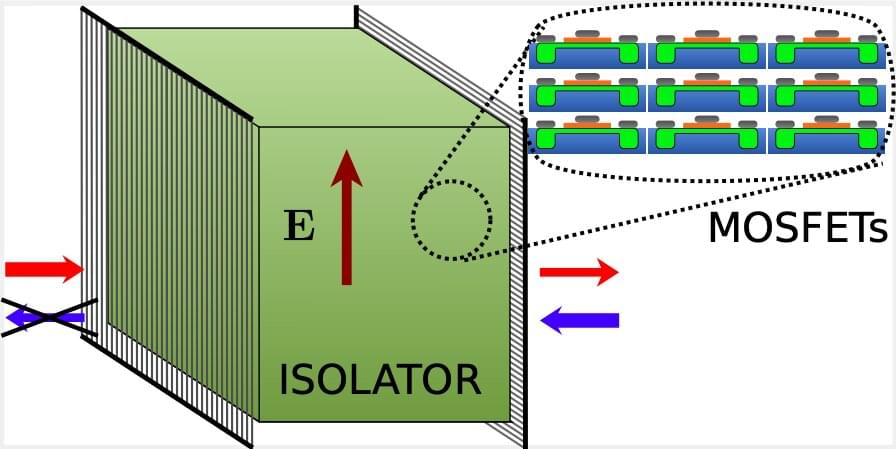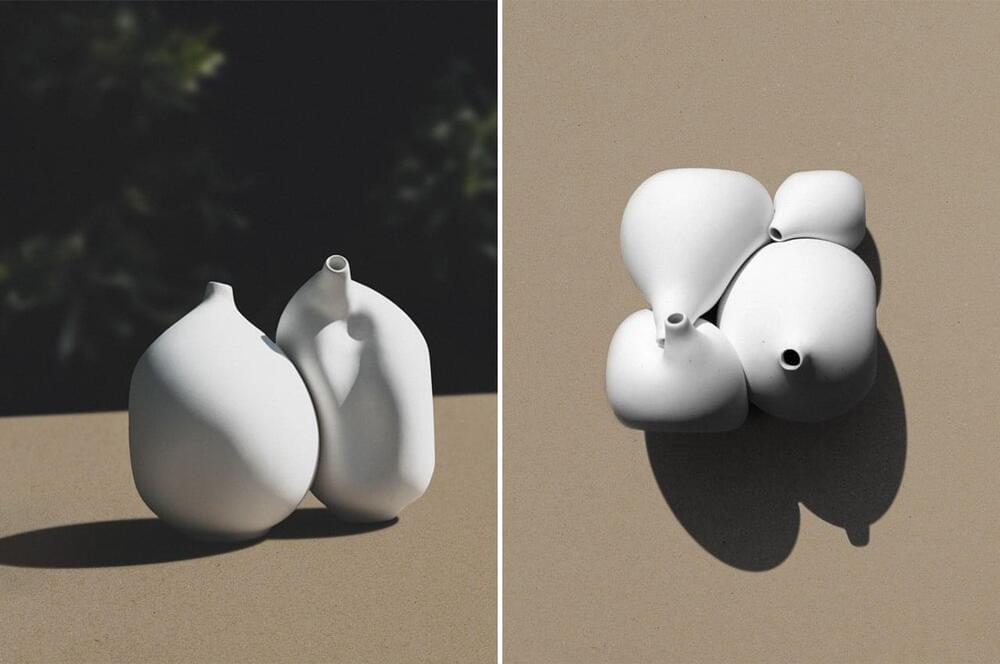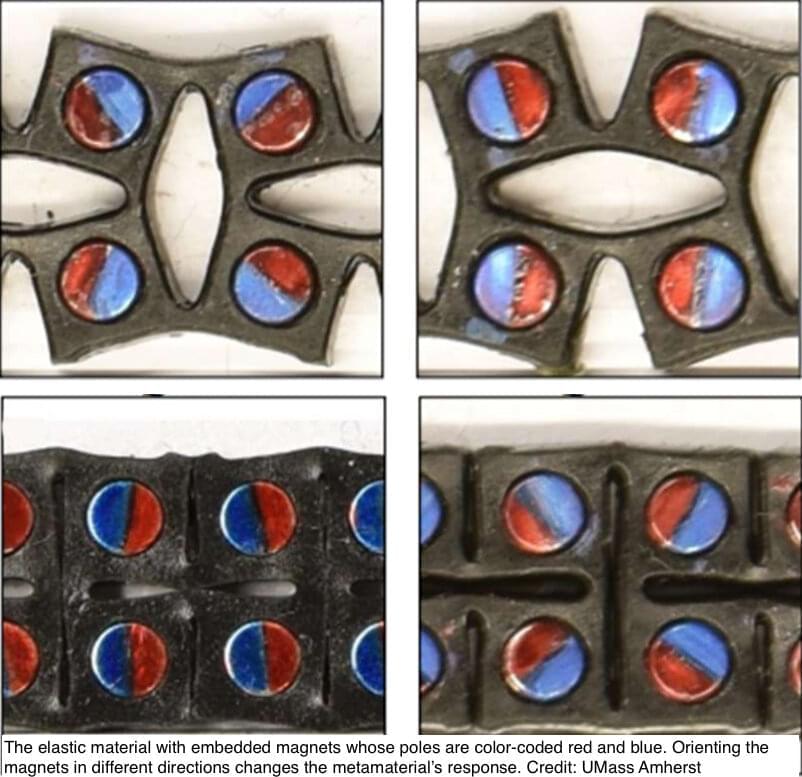A non-invasive graphene-based sensor detects brain waves with high sensitivity and reliability.



Farmers struggling to adapt to rising temperatures in tropical regions can unleash the benefits of natural cooling, alongside a host of other wins, simply by dotting more trees across their pasturelands. For the first time, a study led by the University of Washington puts tangible numbers to the cooling effects of this practice.
Researchers at the UW and The Nature Conservancy, along with Duke University, the University of California San Diego and Stony Brook University Hospital, find that adding trees to pastureland, technically known as silvopasture, can cool local temperatures by up to 2.4 C (4.3 F) for every 10 metric tons of woody material added per hectare (about 4 tons per acre) depending on the density of trees, while also delivering a range of other benefits for humans and wildlife.
The paper was published Feb. 4 in Nature Communications.

Transistors based on semiconductor materials are widely used electronic components with many remarkable properties. For instance, they have a nonreciprocal electrical response, which means that they can isolate two parts of a circuit in such a way that one of the parts (the input section) can influence the other part (the output section), but not the other way around. In addition, transistors can amplify voltage signals, and thereby can supply energy to a system. Non-energy conserving interactions are usually referred to as “non-Hermitian.”
Researchers from Instituto de Telecomunicações at the University of Coimbra and University of Lisbon have recently introduced a new class of bulk materials that draws inspiration from the non-reciprocal and non-Hermitian responses of conventional semiconductor-based transistors. They presented these transistor-like three-dimensional (3D) bulk metamaterials in a paper published in Physical Review Letters.
Mário Silveirinha, one of the researchers who carried out the study, told Phys.org, “The ideas developed in our paper were mostly driven by the question: Would it be possible to somehow imitate the response of standard transistors in a bulk metamaterial? We were intrigued if it would be feasible to have a bulk material which, when suitably biased, could manipulate electromagnetic waves in the same way as a transistor manipulates a voltage signal.”

University of Melbourne experts have been working with industry to find new uses for large volumes of recycled waste plastics.
When it comes to finding new ways to use old plastics, bigger really is better. After all, the more plastic waste used in a material, the less ends up in landfill.
A promising emerging technology from Mildura-based Integrated Recycling, tested by University of Melbourne experts, could be used to build very large structures like noise barriers, helping to keep hundreds of tonnes of plastics out of the ground.

The new substance is the result of a feat thought to be impossible: polymerizing a material in two dimensions.
Using a novel polymerization process, MIT chemical engineers have created a new material that is stronger than steel and as light as plastic, and can be easily manufactured in large quantities.
The new material is a two-dimensional polymer that self-assembles into sheets, unlike all other polymers, which form one-dimensional, spaghetti-like chains. Until now, scientists had believed it was impossible to induce polymers to form 2D sheets.

Ceramic Bodies is a collection of four porcelain vases that fit together like a three-dimensional puzzle.
Designer Jörg Hugo studied architecture before opening his own design studio. Calling it Studio Jörg Hugo, his work largely explores “the relationship between materiality, form, and space,” as he describes on his personal website. Relying on either digital or analog design methods and production techniques, Hugo creates timeless pieces that completely reinterpret how we interact with space and material. One of his most recent projects, Ceramic Bodies, comprises a collection of four porcelain vases that almost appear to melt into each other like a three-dimensional puzzle.
Designer: Jörg Hugo

When the human brain learns something new, it adapts. But when artificial intelligence learns something new, it tends to forget information it already learned.
As companies use more and more data to improve how AI recognizes images, learns languages and carries out other complex tasks, a paper publishing in Science this week shows a way that computer chips could dynamically rewire themselves to take in new data like the brain does, helping AI to keep learning over time.
“The brains of living beings can continuously learn throughout their lifespan. We have now created an artificial platform for machines to learn throughout their lifespan,” said Shriram Ramanathan, a professor in Purdue University’s School of Materials Engineering who specializes in discovering how materials could mimic the brain to improve computing.

A team of researchers from the University of Massachusetts Amherst recently announced in the Proceedings of the National Academy of Sciences that they had engineered a new rubber-like solid substance that has surprising qualities. It can absorb and release very large quantities of energy. And it is programmable. Taken together, this new material holds great promise for a very wide array of applications, from enabling robots to have more power without using additional energy, to new helmets and protective materials that can dissipate energy much more quickly.
“Imagine a rubber band,” says Alfred Crosby, professor of polymer science and engineering at UMass Amherst and the paper’s senior author. “You pull it back, and when you let it go, it flies across the room. Now imagine a super rubber band. When you stretch it past a certain point, you activate extra energy stored in the material. When you let this rubber band go, it flies for a mile.”
This hypothetical rubber band is made out of a new metamaterial—a substance engineered to have a property not found in naturally occurring materials—that combines an elastic, rubber-like substance with tiny magnets embedded in it. This new “elasto-magnetic” material takes advantage of a physical property known as a phase shift to greatly amplify the amount of energy the material can release or absorb.
Scientists at MIT have created a new 2D material that’s stronger than metal! And it could enhance the robustness of bridge-building materials.
